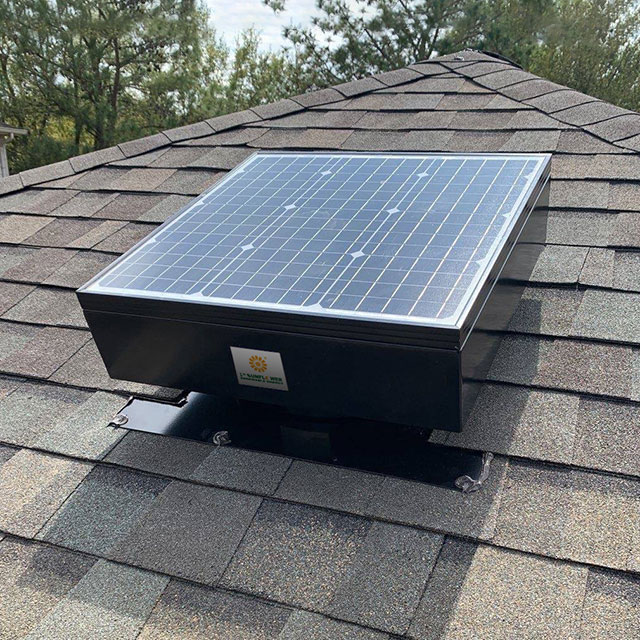Views: 2 Author: Site Editor Publish Time: 2022-03-25 Origin: Site

It’s midsummer, and for hours and days, sun has been beating on the roof of your home. Measurements have shown that, given the right weather conditions, typical roofing materials can reach up to 150 degrees Fahrenheit. That heat eventually transfers from the outside of the roof to the sheathing. From there, it penetrates the insulation and roof framing materials, raising the temperature of the attic to a precarious extreme.
But summer isn’t the only season during which the attic faces a threat. In winter, when windows are shut tight, there’s considerably less ventilation for the humidity generated by cooking, laundry, and showers. With nowhere else to go, that moist air accumulates in the attic, where it can bring about a battery of risks.
Beyond the extra cost, trapped heat and moisture can end up doing real damage to your home by fostering mold growth. In extreme cases, excess moisture can even rot away portions of the key structural framing found in the attic.
For money savings, a more comfortable home, and reliable protection for your roof , consider installing an attic fan. Designed to reduce both heat and moisture, a roof-mounted attic fan operates by a simple principle. The fan pulls warm air out through a roof vent, drawing in cooler outdoor air through existing vents located along the soffits (on the underside of the roof overhang). That exchange of stale, warm air for fresh, cooler air relieves the added pressure that had been put on the air conditioning. Now, the system can run more efficiently—and you can pay less on your monthly utility bill.
A Year-Round Solution
While most discussions of attic fans tend to focus on their summertime benefits, ventilation can be critically important in winter too. After all, that’s when the moisture created by the humdrum events of daily life—showering, for instance, or doing the laundry—rises up through cracks and gaps only to wind up in the attic. If trapped and unable to vent, attic moisture can invite the growth of mold, or cause damage to insulation and framing.
There’s also another less obvious but more potentially destructive problem—ice dams. The attic space is usually warmer than the outside, or roof, temperature. This heat transfers through the roof structure and can melt snow accumulated on the roof.
From there, melted snow trickles down until it reaches the eaves. Because the eaves do not come into contact with the attic space, they are colder and cause the melted snow to freeze. This forms an ice dam, a ridge of ice near the edge of a roof, adjacent to the gutters. Later, when more snow melts, the ice dam prevents the water from running off the roof. With nowhere else to go, it can get behind the shingles and cause an extensive, expensive leaking and roof damage.